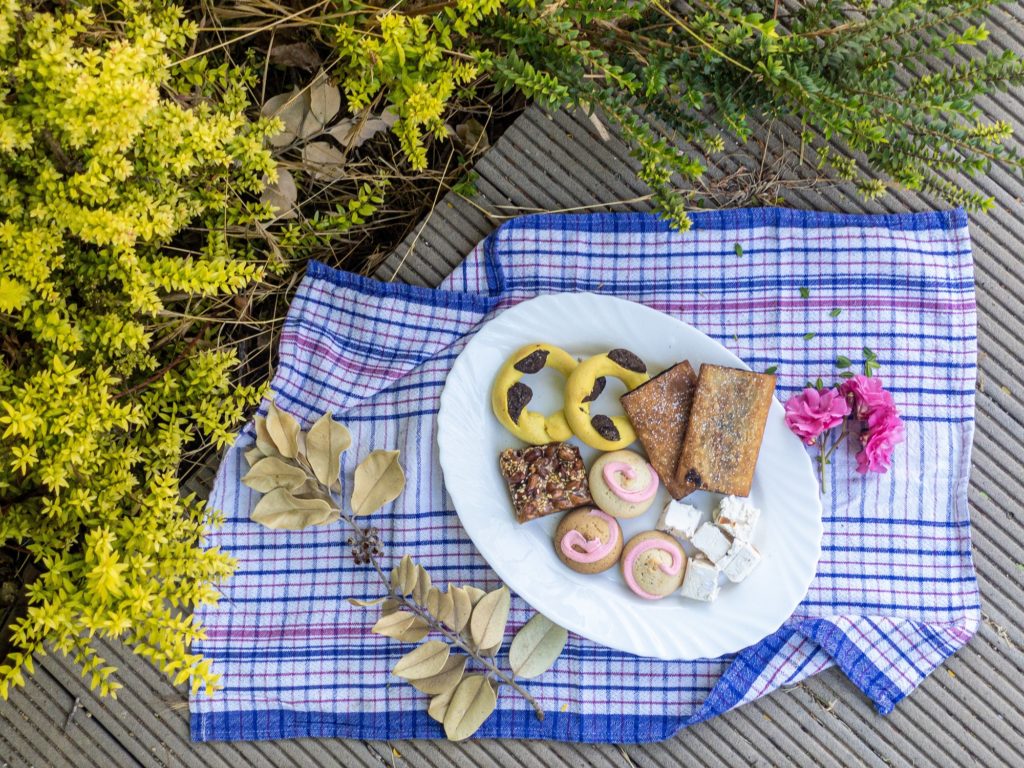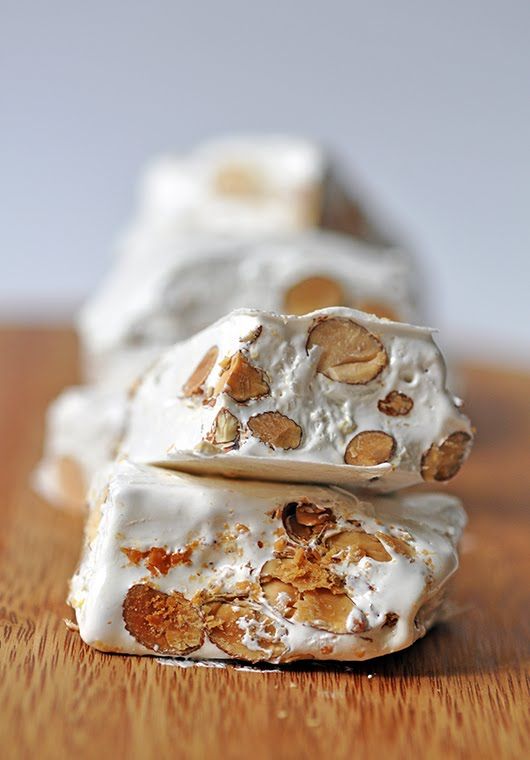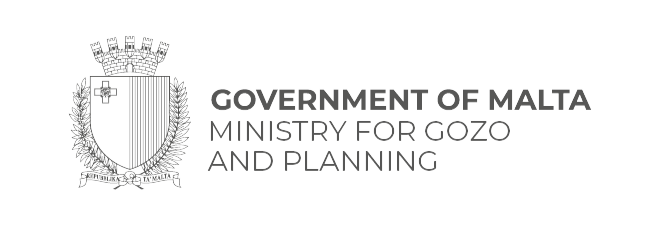Delectable Treats & More : Gozo’s Sweets Indulgences
Though the island knows its culinary and gastronomic traditions entrenched in the rustic folds of country and frugal living, nothing has stopped the Gozitans from indulging in sweet temptations, especially in times of celebrations. Here, we take a brief overview of the island’s sweet heritage, made up of an array of treats that possibly have directly descended from our close neighbour Italy or Britain, with whom the islands have had long-lasting ties. No matter what, these gastronomic sweet treats satisfy the sweet tooth by offering a combination of flavours, textures, and aromas according to the season.
In times gone by, Gozo’s food supply consisted only of what the fields provided, and the ingredients available were those that arose with the season, with the exception of the preserves that the islands made whenever they had the chance to do so.

The sweets available were typically associated with the different feasts and holidays of the seasons. The first typical sweet of the year is the Prinjolata, a canonical or dome-shaped cake covered with white icing and decorated with red and green cherries. This sweet is typically associated with the Carnival. With the onset of Lent and the tradition of abstaining from delightful sweets, the Kwarezimal, a rectangular slab almond-based biscuit with hints of spices and a distinctive citrusy tang is the solution. During Holy Week, it’s time for the Apostles Ring, a slightly sweet bread ring with a dose of candied peel and almonds on top. Ultimately, the Lent and Easter season peaks with the Figolli. The super-tasty sandwich biscuit is made up of sweet pastry with a filling of almonds and orange blossom water, presented in whimsical shapes such as hearts, lambs, rabbits and ducks but also mermaids and guitars need no introduction, and during the season, all the confectioneries, bakeries and stores will have Figolli for sale.

Gozo’s bakeries and confectionaries still bake and sell the sweets that once were prominently associated with celebrations such as weddings and village feasts. Almonds, honey, orange peel and other Mediterranean ingredients are the core of these confections. The Biskuttini tal-Għarusa, meaning the Bride’s Biscuits, are almond macaroons, and there are other versions where the macaroon is topped with a red or green cherry instead of one whole almond. Similar biscuits are the Biskuttini tar-Raħal, meaning the Village’s Biscuits, which are distinctively marked by a swirl of light blue or pink icing on top. No wedding on the island was complete without the Perlini, sugared almonds in pastel-coloured icing. We can never be sure of the origin of the almond tart, but there is no doubt that it is among the favourites and is traditionally considered to be the wedding cake fare. At the village feasts, one cannot ignore the Qubbajt or traditional nougat. The nougat comes in two forms, either the soft and chewy white version or the dark-brown and hard version, which are peppered with hazelnuts and almonds.

When it comes to more domestic and everyday sweet meals, Gozo’s bread pudding is an old favourite. Typically made from stale bread to avoid discarding it, the pudding is a combination of fruits and spices found in a Mediterranean kitchen, and thus, each family will end up with its own variety of bread pudding depending on what dried fruits are handy! More mundane but equally tasty is fried dough that is sprinkled with sugar and lemon juice. The bakeries provide a variety of other tea-time fare like Krustini, similar to the Italian biscotti and typically including fennel seed; Ottini, the pasty in the shape of a figure of 8 completely covered in sesame seed; Pasta Frolla, a sweet pastry that comes in different forms such as the long biscuit shapes wholly covered with pink icing, or with pink and green icing stripes. Other bakery and confectionary favourites include the Qagħaq tal-Ħmira or yeast rings, the pink and coconut cakes called Bambolini and a variety of jam tartlets. In Gozo, you will still find people referring to the humble sponge cake as pane di Spagna, as this cake was often a staple that was flavoured with Gozitan oranges or tangerines. The sponge cake also usually served as a basis for the traditional trifle involved a layered dessert of custard, jelly, whipped cream and a good dash of Vermouth.
Another traditional dessert based on the sponge cake is the Sinizza, a puff-pastry roll that encapsulates the sponge, jam, ricotta cheese, liqueur, candied peel, nuts and chocolate!

In November, some would favour the rather sinister Għadam tal-Mejtin (meaning the bones of the dead), a stark reminder of the feast of All Soul’s Day. These are shortcrust biscuits with almonds.
Once it’s time for the Christmas season, Gozo’s prominent sweet (but which today is found all year round) is the Qagħaq tal-Għasel or Treacle ring that comes in a smaller and a bigger size. Another typical sweet treat of the season is the Imbuljuta drink, which involves chestnuts in hot chocolate sauce.
If you’re still thinking about making room for dessert, don’t forget that Gozo’s delights also include amazing, tasteful fruit jams, dried orange peel, long marrow candied peel, carob syrup, and honey, which can be acquired from farming estates and specialised stores. These too are an integral part of Gozo’s sweet gastronomic experience.









